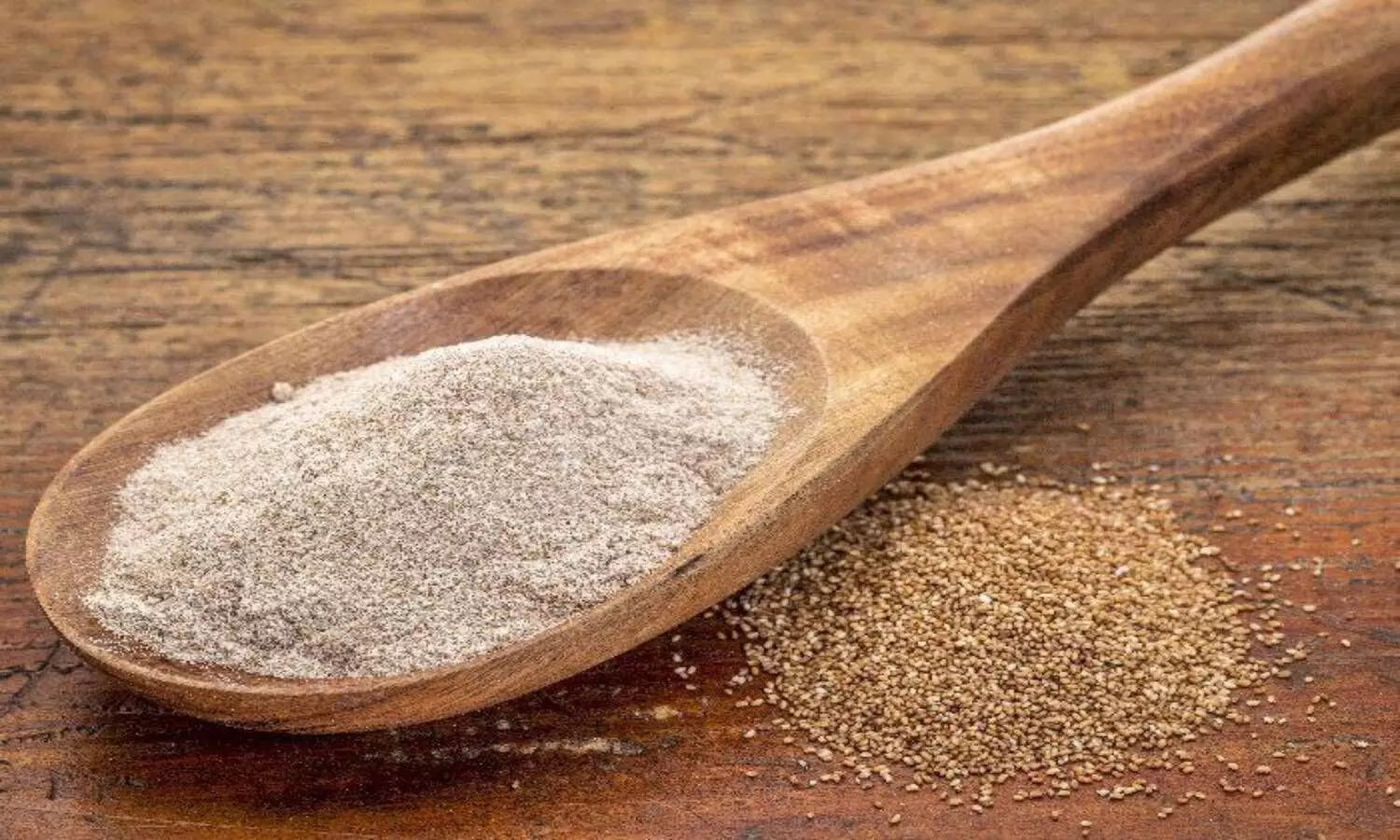South Indian Millets: Good for health, environment
2023 is designated as the 'International Year of Millets'. The ancient grain, millets, is making a comeback in Indian cuisine.
By Subhasree Ray
2023 is designated as the 'International Year of Millets'. The ancient grain, millets, is making a comeback in Indian cuisine. As a staple food in Asia and Africa, these grains date back 5000 years. Millets are cereal grains belonging to the Poaceae family. These grains are incredibly nutritious providing a great amount of fiber, protein, essential vitamins, minerals, and antioxidants. Additionally, millets are gluten-free, making them an excellent substitution for wheat for people with Irritable Bowel Disorders, Celiac disease, or other digestive disorders. Furthermore, millets, as a climate-smart crop, are regarded as future food to ensure food security for all.
There are several nutritious millets produced in South India, and they are suitable for addressing the region's growing prevalence of non-communicable diseases such as diabetes type 2, obesity, hypertension, etc. Additionally, millets are also ideal for treating micronutrient deficiencies such as nutritional anemia since they are rich in protein and minerals such as iron.
Let's talk nutrition – Millets are starchy grains packed with fiber and micronutrients. One cup or 175 grams of millets provide approximately 207 calories, 41 grams carbs, 6 grams protein, 2.2 grams fiber, only 1.7 grams of fat, 19% daily value (DV) of magnesium, 8% DV of folate, and 6% DV of iron. The amino acids in millets are more plentiful than those in other whole grains. Finger millet is the richest source of calcium, supplying 13% DV per 100 grams cooked. This mineral is necessary for maintaining a healthy bone and nervous system. Millets are packed with antioxidants such as ferulic acid and catechins. These polyphenols help prevent oxidative stress injury.
Millets from South India and benefits – South Indian staple millets are – foxtail millet (kakum/kangni/kirra/thinai), finger millet (ragi/ragulu/kelvaragu), barnyard millet (kuthiravali/odalu/sanwa), little millet (samai/same/sama), and kodo millet. Other than these 5, South India also eat sorghum millet or jowar and pearl millet of bajra.
Foxtail millet is high in vitamin B12, protein, fiber, iron, calcium, antioxidants, and phosphorus. Due to its low glycemic index, foxtail millet is ideal for people with prediabetes and diabetes since it prevents blood glucose spikes. A 2016 study conducted in Chennai compared post-meal blood glucose levels in 105 diabetes type 2 patients who consumed either foxtail millet dosa or rice dosa, and found that the millet-based dosa was associated with a significant reduction in blood glucose spikes compared to rice dosa. In addition, this study noted that the glycemic index of foxtail millet dosa was 50.25, much lower than the 77.96 indexes of rice dosa.
Finger millet or ragiis packed with B vitamins, fiber, potassium, and other minerals. Nutritionally ragi is well recognized for its 18% fiber content and presence of polyphenolic antioxidant components. A comprehensive review from 2014 linked ragi with multiple health benefits such as preventing blood sugar spike, preventing atherosclerosis or plaque formation inside the arteries, protecting the immune system from microbial invasion. Some scientists also mentioned ragi as a novel functional food that holds the potential to eradicate nutritional insecurity.
Barnyard millet is highly resistant to harsh weather conditions and thus retains a lot of nutrients beneficial to health. It is rich in iron, protein, and fiber. Barnyard millet provides 11 grams of protein, 18.6 grams of iron, which is a 100% daily value for adults, and 67% for pregnant women. Having a glycemic index of 41.7, this millet is an excellent choice for diabetics. A 28-day feeding intervention with barnyard millets resulted in significant reductions in glucose levels and improved cholesterol profiles in an experimental diabetes group. Being rich in both soluble and insoluble fiber, barnyard millet helps relieve constipation.
Little millet is rich in fiber, phosphorus, zinc, magnesium, niacin, and polyphenolic compounds. The high fiber content in little millet makes it the right choice for people trying to lose weight, control hunger, prevent insulin resistance, and improve heart health. The polyphenolic antioxidant compounds in little millet such as flavonoids play an important role in fighting oxidative stress. This millet is also rich in nutraceutical compounds such as phenols, tannins, phytates, and GABA – helps promote healthy aging and prevents lifestyle disorders.
As with all other millets, kodo millet provides a significant amount of protein, as well as 10 grams of fiber, calcium, iron, and antioxidants. Additionally, kodo millet's health benefits are also similar to those of other millets, making it a great addition to the regular diet.
How to eat? Millets are eaten like rice in India with sambar, dal, or curry. The grains are also used for making biryani, khichdi, upma, or protein salads topped with walnuts, broccoli, green peas, and seeds. There's more! To better serve their health-conscious customers, restaurants are now offering millet dishes on their menus.
What are you waiting for? Try some nutritious, tasty millet meals today. Don't forget to watch out for the portion though.